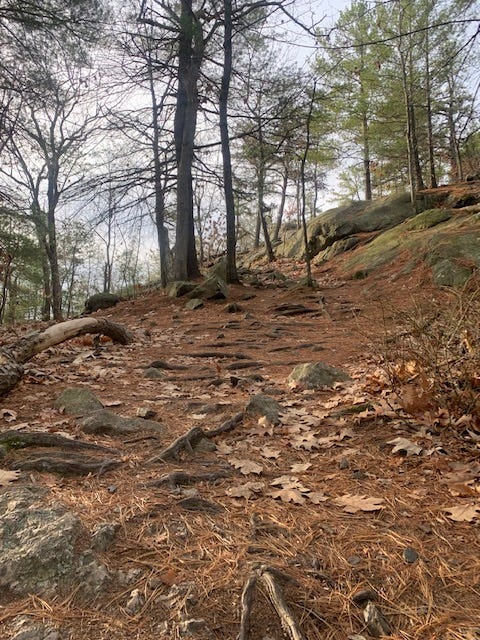The mechanics of uphill running
How to eat vert for breakfast
Hills are the bane of every runner’s existence. They not only slow your pace, hills also require more effort than running on flats. The upshot is that you wind up doing more work at a slower speed, which isn’t a trade runners often feel like making. As my son would say, “Too bad, so sad.”
The only way to get better at running hills is by running more hills. With practice and repetition, you’ll build strength and muscle memory that will eventually make climbing feel less strenuous. There’s also a powerful psychological effect that comes from running hills on a regular basis. You’ll become more resilient in the face of adversity, while starting to feel like a badass.
Ironically, thinking you need to look like a badass is one of the main problems people encounter with hills. The picture we have in our minds is that of a hunched-over rage beast attacking some monstrous climb with hard-charging lunges. This is false, no matter how impressive it looks on Instagram.
An experienced hill runner approaches an incline with peaceful intentions and strong technique. They know to stand tall with a slight lean, instead of bent over at the waist. They understand short, quick steps are the name of the game rather than long strides that burn energy. Smart hill runners forget about pace and rely on perceived effort to get them over the climb and on with their day.
They also smile a lot. Weirdos.



